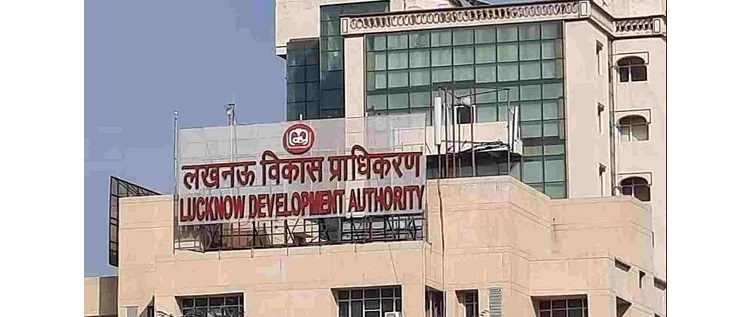E - PAPER
RBI keeps repo rate unchanged
The six-member Monetary Policy Committee (MPC) of the Reserve Bank of India (RBI) on Wednesday kept the short-term lending rate, also known as repo rate, unchanged at 6 per cent in its fifth bi-monthly policy review of the fiscal year. It also maintained its neutral policy stance. The RBI’s 6% re
 BY
admin
BY
admin
Published - Thursday, 07 Dec, 2017

The six-member Monetary Policy Committee (MPC) of the Reserve Bank of India (RBI) on Wednesday kept the short-term lending rate, also known as repo rate, unchanged at 6 per cent in its fifth bi-monthly policy review of the fiscal year. It also maintained its neutral policy stance.
The RBI’s 6% repo rate, last revised in August, is lowest in seven years since November 2010. “On the basis of an assessment of the current and evolving macroeconomic situation at its meeting today, the Monetary Policy Committee (MPC) decided to keep the policy repo rate under the liquidity adjustment facility (LAF) unchanged at 6.0 per cent,” the central bank said in its policy statement.
Five of six MPC members voted in favour of a status quo, the RBI statement said. MPC member Ravindra H. Dholakia had voted for a policy rate reduction of 25 basis points.
The central bank kept the policy stance neutral with the objective of limiting the medium-term target for consumer price index (CPI) inflation of 4 per cent within a band of plus/minus 2%, while supporting growth. “The decision of the MPC is consistent with a neutral stance of monetary policy in consonance with the objective of achieving the medium-term target for consumer price index (CPI) inflation of 4 per cent within a band of +/- 2 per cent, while supporting growth,” the RBI said in its policy statement on Wednesday.
Commenting on the central bank’s policy, Shishir Baijal, Chairman & Managing Director, Knight Frank India said, “The move to keep the repo rate unchanged by the Reserve Bank of India’s monetary policy committee comes as no surprise. The industry was not expecting a rate cut amid the current macro-economic scenario with inflation touching a 6-month high in October and more importantly the uncertainty staring the economy in the near future. However, the want of a growth-inducing monetary policy would continue to have its imprints on the slowdown-hit real estate sector. A cut in the policy rate could have helped stimulate growth and demand particularly in the wake of the recent Moody’s India upgrade.”
Mr. Surendra Hiranandani, CMD, House of Hiranandani said, “The RBI’s decision to maintain status quo indicates that it is cautious against the upside risks emanating from inflation, higher commodity prices, recent cuts in GST and global financial instability. The tone of the policy also does not indicate much room for rate cuts going further. Given the current scenario, a rate cut in February policy is also unlikely unless something changes substantially.”
“However, we need to remember that credit off take has been sluggish and has impacted all the sectors of the economy. From a real estate perspective the sector is still reeling from the policy changes implemented in the last year. It is a good time for consumers to book their homes now as interest rates are at their lowest levels and unlikely to go down from current levels immediately. We anticipate a gradual recovery in both the primary and secondary residential market once things normalize in future,” he added.
- TAGS :
- News/Views
RELATED STORY VIEW MORE
NEWS LETTER
Subscribe for our news letter
E - PAPER
-

CURRENT MONTH 
LAST MONTH















